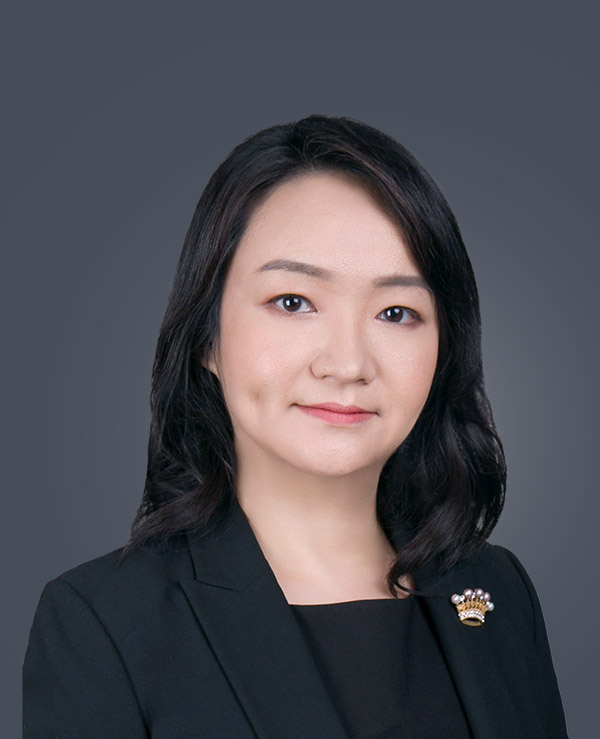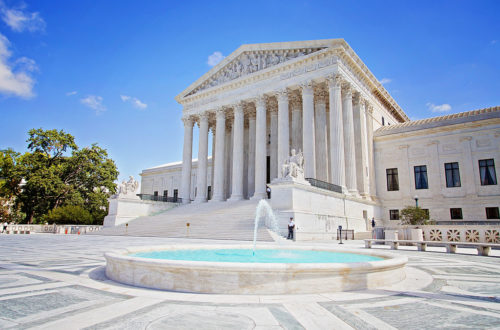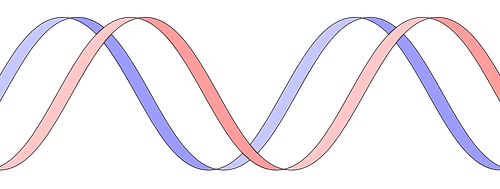Section 4.2.3, Part II Chapter 10 of the CNIPA’s Examination Guidelines (“Guidelines”) stipulates that if the specification only discloses one property or use of a composition, the composition claim shall be drafted as a “composition limited by the function or the use”. Furthermore, it specifically states that “most pharmaceutical claims shall be drafted as claims limited by use” (emphasis added).
Note: this rule only applies to compositions claims, not composition of matter claims directed towards a single active ingredient. Compositions are defined as any combination/mixture of two or more components, such as pharmaceutical formulations (active ingredient + excipients) or mixtures of various ingredients.
How does the Examiner determine whether there is only “one” single property or use?
In the pharmaceutical field, Examiners will look at the overall specification to determine what uses are sufficiently taught and described. For example, if the specification only provides teachings and experimental data showing that a composition comprising A + B can treat lung cancer, the Examiner will likely require limiting the composition claim to the use of treating lung cancer. However, if additional data is present that teaches the same composition’s uses in treating other cancers, the Examiner may allow the scope of the use to be broader. At some point, if the data is sufficient to show that there are really several different uses in different fields, perhaps then the Examiner will allow the removal of the “for use” limitation completely.
How do we determine where the Examiner draws the line?
We think it has to do with what are the key inventive features/properties of the claimed invention.
In our experience, single active ingredients such as small molecule drugs don’t typically run into this problem. Even composition claims comprising a novel active ingredient (plus excipients) will not get this rejection, even though they are technically “combinations”. We believe this is because the inventiveness of the composition lies in the novel structure of the active ingredient per se, not its utility in a particular application, or the nature of the other excipients.
However, composition/combination claims, especially those wherein the individual components are already known, usually need to rely on surprising technical effects for inventiveness. The combination itself, even with specified ratios, may not be considered inventive enough on its own without surprising data (at least in China). Therefore, the limitation by a single use becomes a necessary technical feature that must be included for the claim to have novelty and inventive step.
How to Get Around?
1. Focus on the Key Inventive Features: Argue for the Novelty and Inventiveness of the Composition per se
If the composition is completely novel (i.e., includes novel molecular structures), argue that the composition is novel and inventive purely based on its structure(s). According to the CNIPA exam guidelines, surprising data should not be needed to demonstrate inventiveness if the structure of a novel compound is not closely related to those in the prior art.
2. Provide Teachings and Data for Multiple Different Diseases or Uses (Ideally at the Drafting Stage)
If a claimed composition includes only prior art (known) components, it’s especially important to provide enough “evidence” that the same composition has several different uses (e.g., treating different diseases). Statements linking a particular biological assay to a few completely different diseases may or may not be enough. Providing well-established animal models relating to different diseases would be even stronger. Make sure to include teachings about the different diseases in the specification as originally filed.
In some cases, if a particular composition is effective in multiple diseases, it may be safer to put all the diseases together in one large application and then pursue divisionals later. This strategy allows composition claims to issue without being limited by use, and then gives the applicant the ability to pursue use-limited claims in divisional applications. However, this decision must not be taken lightly, since any statements about the general “sameness” or “broad utility” of a particular assay in a number of diseases may make future selection inventions obvious in view of these statements.
3. During Prosecution: Provide or Show Data that Supports Broad Applicability of the Composition in Different Fields
Oftentimes specifications are not drafted with Chinese Patent Law in mind, and thus you might really be stuck with a specification that only clearly teaches a single disease. If possible, consider looking to see whether any experimental data (whether in the specification, published literature, or post-filing) can support the broad applicability of the claimed composition, and look for any language support for such broad applicability in the specification. Like the warnings above, any statements regarding how it’s “obvious” that certain other uses can be determined from the specification could hurt future opportunities to protect selection inventions for those uses down the road.
Is the “for use” Clause Limiting During Enforcement?
On its face, The “use” portion of a composition for use claim is not necessarily limiting all the time. To show infringement of a composition for use claim, there is no requirement the infringing composition practice the claimed use.
However, the Court may interpret the “for use” clause of a composition claim as a limiting feature if certain conditions are met.
- Was the limitation necessary for the claim to overcome patentability issues (e.g., inventive step, sufficiency)? If so, the court will likely read the limitation into the scope of the composition claim. For example, amendments or arguments made during prosecution to overcome inventive step (e.g., adding the use limitation to get around prior art or arguing the necessity of a “use”) will limit the claim scope to the use during enforcement. The Court has emphasized that claim scope during prosecution and enforcement should be consistent.
- Has the Applicant made any statements admitting that the product can only be limited to the claimed use? If so, the Court will likely interpret the protection scope narrowly.
- Can the infringing product be used for the claimed use? If the accused infringing product cannot be used for the claimed use, then it does not infringe even if it falls within the scope of the composition claim.[1]
If possible, it’s still best to try to avoid adding the use limitation unless absolutely necessary. However, depending on the prior art situation, the use limitations may be needed in order to overcome certain rejections. In that case, be very careful during prosecution not to admit that the product can only be limited to the claimed use.
The Good News (Silver Lining)
Even though all this sounds quite harsh, in fact updates to the Guidelines in 2021 relaxed this standard, stating that most (not “all”, as stated in the previous Guidelines) pharmaceutical claims shall be drafted as claims limited by use. This provides Examiners some leeway for allowing non-use limited composition claims in China. At Eagle IP we contact Examiners frequently, and we have talked to them about this exact issue. We are thankful that the recent changes to the Guidelines give us good opportunities to communicate with Examiners to better understand their viewpoint, as well as provide our own arguments and analysis on these important issues. As we continue to push forward and work with the CNIPA in this area, we hope for progress towards allowing more non-use limited composition claims for novel combinations, which is so important especially for life science companies investing so much in R&D into this space.
This article is for general informational purposes only and should not be considered legal advice or a legal opinion on a specific set of facts.
- Article 9 of the Interpretation of the Supreme People’s Court on Several Issues Concerning the Application of Law in the Trial of Patent Infringement Disputes ↑
About the Authors

Jennifer Che, J.D. is Vice President, Principal, and a US Patent Attorney at Eagle IP, a Boutique Patent Firm with offices in Hong Kong, Shenzhen, and Macau.

Yolanda Wang is a Principal, Chinese Patent Attorney, and Chinese Patent Litigator at Eagle IP, a Boutique Patent Firm with offices in Hong Kong, Shenzhen, and Macau.





